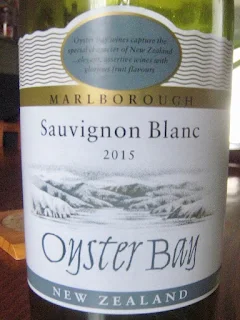American Oak and French Oak are two common types of oak used in wine aging, and they can impart different characteristics to the wine. Here are the key differences between the two:
Species: American Oak refers to oak sourced from Quercus alba, commonly known as white oak, which is primarily found in North America. French Oak, on the other hand, comes from Quercus robur and Quercus petraea, commonly known as European oak, and is primarily sourced from forests in France.
Grain Tightness: American Oak typically has a wider grain than French Oak. The grain refers to the size and arrangement of the wood's annual growth rings. The wider grain of American Oak allows for more oxygen exchange between the wine and the barrel, leading to increased oxidation during aging.
Flavor Profile: American Oak tends to impart stronger and more noticeable flavors to the wine. It can contribute notes of vanilla, coconut, dill, and sweet spices. French Oak, on the other hand, imparts more subtle and nuanced flavors such as cedar, tobacco, cinnamon, and subtle vanilla.
Tannin Levels: American Oak generally has higher levels of tannins compared to French Oak. Tannins are natural compounds found in oak that can add structure, bitterness, and astringency to the wine. The higher tannin levels in American Oak can result in a more pronounced and grippy mouthfeel in the aged wine.
Aging Potential: Due to the differences in grain tightness and tannin levels, American Oak-aged wines tend to mature faster than those aged in French Oak. The increased oxygen exchange and higher tannin content accelerate the aging process, allowing the wine to develop and evolve more quickly. In contrast, French Oak-aged wines often require more time to reach their peak, offering a longer aging potential.
It's important to note that the impact of oak on wine is not solely determined by its origin but also by factors like the cooperage techniques, toast level (degree of toasting the barrel interior), and the wine itself. Winemakers carefully consider these factors to achieve the desired balance of flavors and characteristics when choosing between American Oak and French Oak for aging their wines.



